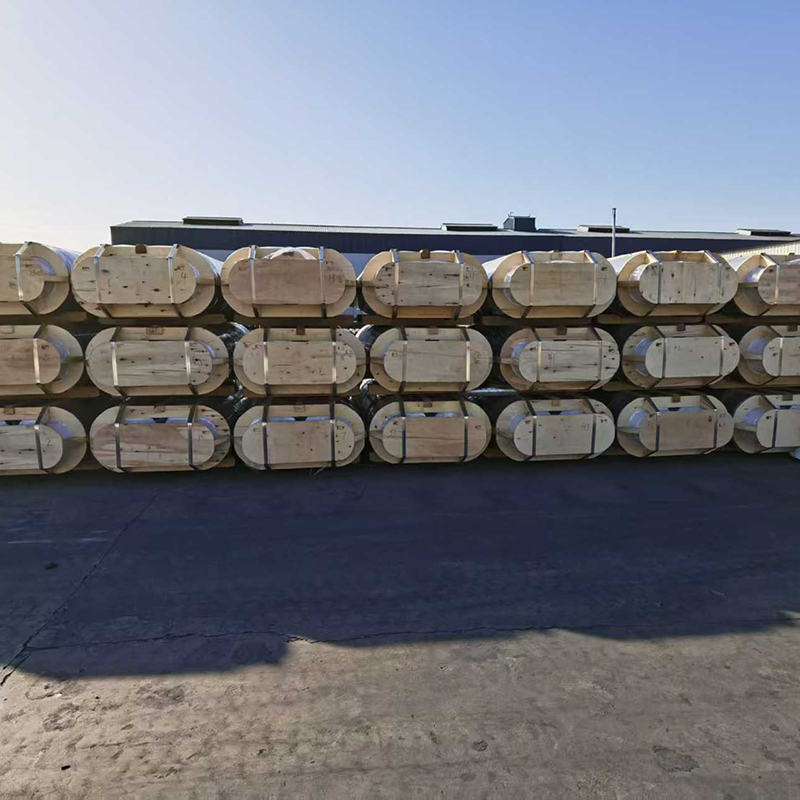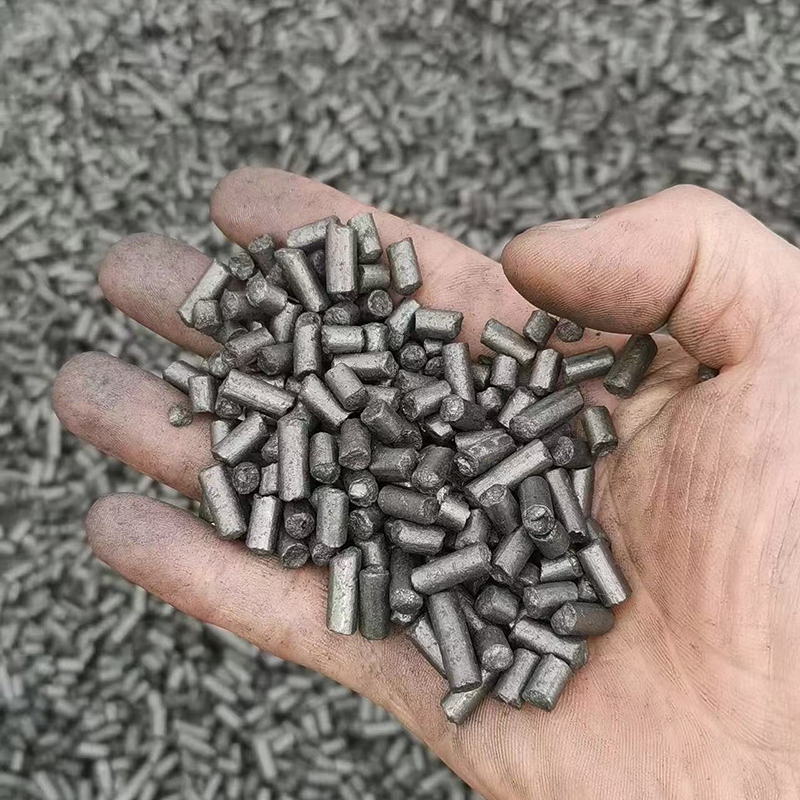
Understanding and Selecting EAF Graphite Electrodes
2025-05-09
Understanding and Selecting EAF Graphite Electrodes
This comprehensive guide explores eaf graphite electrodes, detailing their properties, applications, and selection criteria. We’ll cover everything from the manufacturing process to factors influencing performance and longevity, helping you make informed decisions for your specific needs. Learn how to optimize your operations and reduce costs by choosing the right electrodes for your electric arc furnace (EAF) process.
What are EAF Graphite Electrodes?
EAF graphite electrodes are crucial components in electric arc furnaces (EAFs), used in steelmaking and other metallurgical processes. These high-purity graphite rods conduct electricity, generating the intense heat necessary to melt and refine the materials. Their quality significantly impacts energy efficiency, electrode consumption, and the overall productivity of the furnace. The manufacturing process involves careful selection of raw materials, precise graphitization, and stringent quality control to ensure consistent performance and durability. Different grades of eaf graphite electrodes exist, each optimized for specific applications and operational parameters. For example, high-power eaf graphite electrodes are designed to withstand higher current densities, improving efficiency in demanding environments.

Key Properties of EAF Graphite Electrodes
Several critical properties influence the selection and performance of eaf graphite electrodes:
Electrical Resistivity
Lower electrical resistivity is desirable, minimizing energy losses during operation. This directly impacts the overall energy efficiency of the EAF process. Manufacturers often provide detailed specifications on electrical resistivity, enabling users to select electrodes optimized for their energy consumption targets. Hebei Yaofa Carbon Co., Ltd. (https://www.yaofatansu.com/) offers a range of electrodes with varying resistivity characteristics tailored to different furnace sizes and operating conditions.
Thermal Shock Resistance
The ability of an electrode to withstand rapid temperature changes is critical. Repeated heating and cooling cycles can cause cracking or breakage, leading to premature failure. High thermal shock resistance ensures longer electrode life and reduced downtime.
Mechanical Strength
Sufficient mechanical strength is necessary to handle the physical stresses during operation, including handling, insertion, and the forces generated by the electric arc. Electrodes with superior mechanical strength are less prone to breakage or damage.

Factors Influencing EAF Graphite Electrode Selection
Choosing the right eaf graphite electrodes requires careful consideration of several factors:
Furnace Size and Power
Larger furnaces typically require larger diameter electrodes to handle the increased current demands. The power rating of the EAF directly impacts the electrode selection, with higher power furnaces needing electrodes designed to withstand higher current densities.
Operating Conditions
Factors such as the type of scrap metal used, the desired melting rate, and the overall operating parameters of the EAF all influence the optimal electrode choice.
Budget and Cost-Effectiveness
While initial costs might vary, selecting high-quality electrodes often leads to lower operating costs due to extended lifespan and improved energy efficiency.
Comparing Different Grades of EAF Graphite Electrodes
The following table compares key properties of different grades of eaf graphite electrodes (Note: Data is for illustrative purposes only and may vary by manufacturer):
| Grade | Diameter (mm) | Electrical Resistivity (μΩ·cm) | Thermal Shock Resistance |
|---|---|---|---|
| HP | 500-750 | 7.5-8.5 | Excellent |
| RP | 400-600 | 8.5-9.5 | Good |
Conclusion
Selecting the appropriate eaf graphite electrodes is crucial for optimizing EAF performance and minimizing operating costs. By understanding the key properties, considering the influencing factors, and carefully evaluating available options, you can ensure efficient and reliable operation of your electric arc furnace. Remember to consult with experienced suppliers like Hebei Yaofa Carbon Co., Ltd. for tailored recommendations based on your specific needs.
Disclaimer: This information is for general guidance only and should not be considered professional advice. Always consult with relevant experts for specific applications. Data presented in the table is for illustrative purposes and may vary based on manufacturer and specific product specifications.









